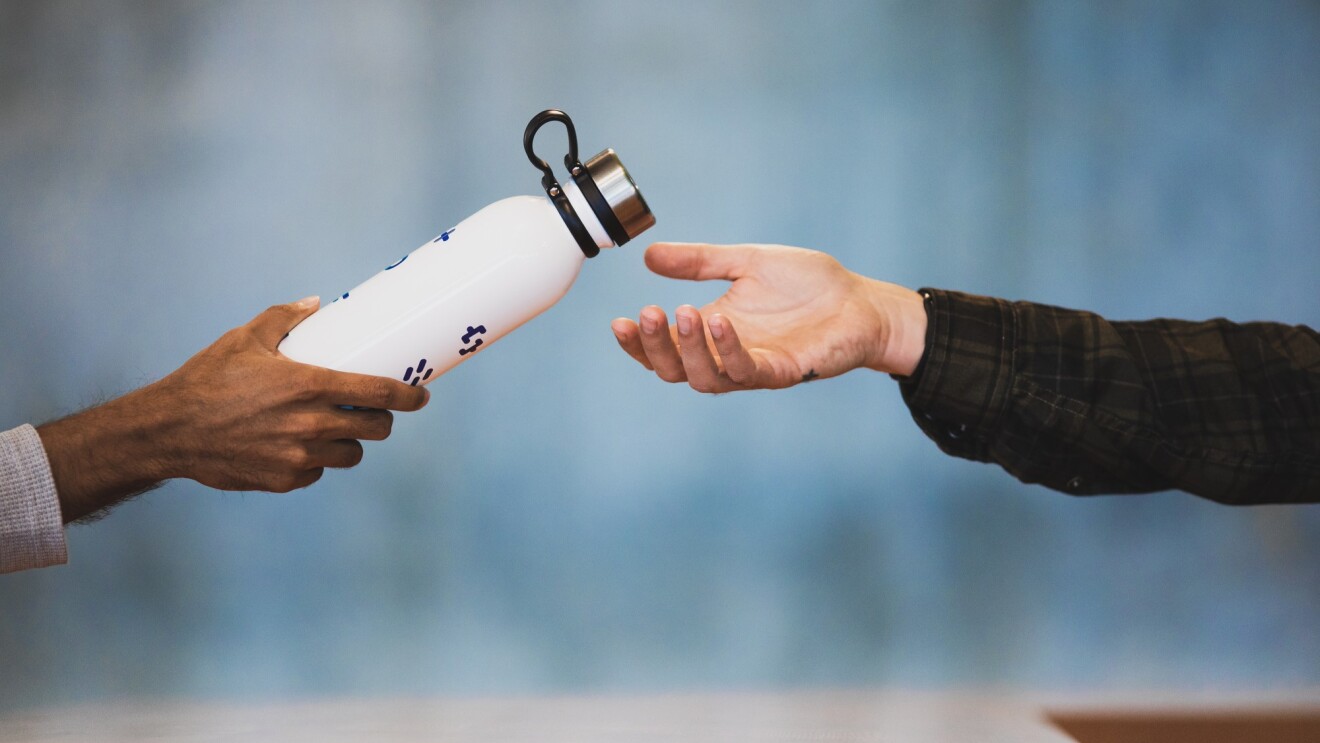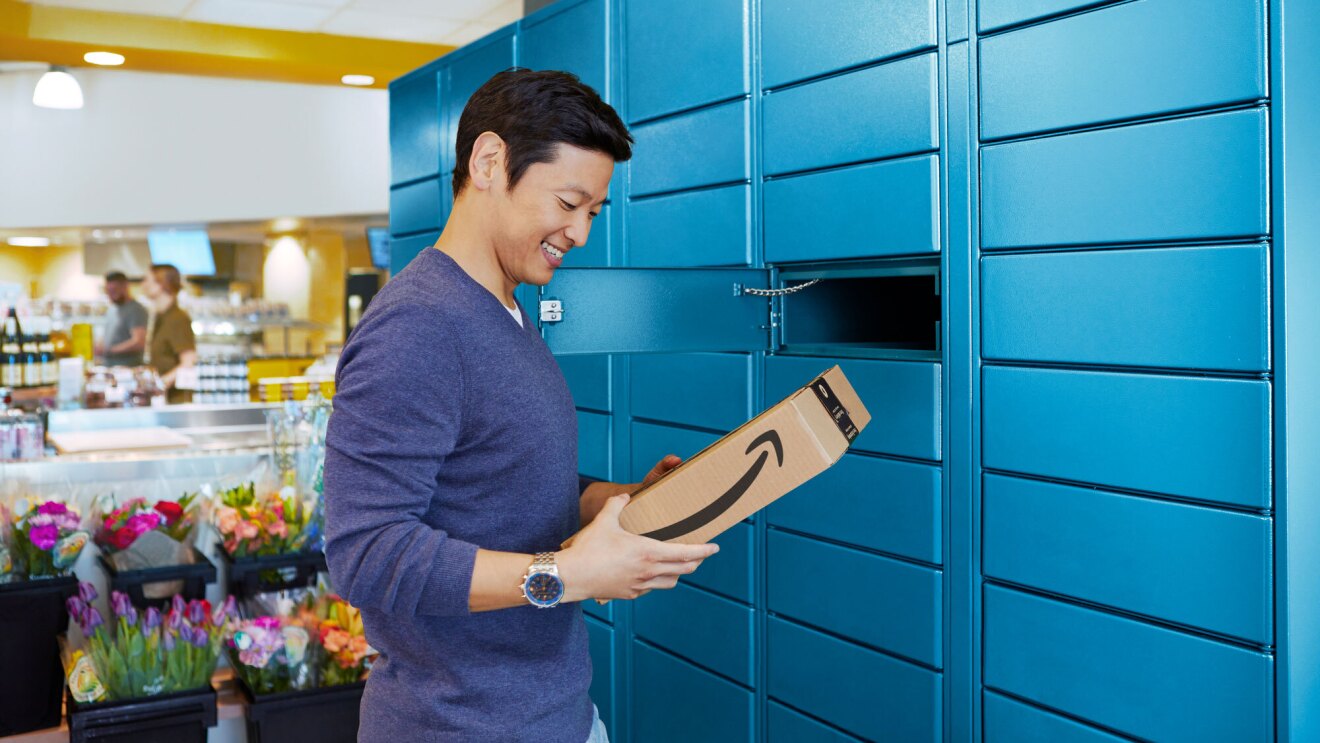If you’re a tea drinker, you probably look forward to your cup of chamomile at the end of a long day. If you’re running low on tea bags, you probably count on Amazon Prime to replenish your supply. And when your caffeine-free fix arrives at your front door, you likely have a handful of robots (as well as quite a few humans) to thank.
If visions of Rosie from “The Jetsons” come to mind when you think of robots, think again. The robots enlisted within Amazon’s fulfilment centres aren’t humanoids that roll around making quips in monotone voices. Rather, they are robotic arms and small drive units designed to assist the associates, drive faster shipping times, maximise inventory, and keep cost at a price the customer wants to see.
It’s not humans vs. robots, it’s humans + robots
Amazon is providing a glimpse of the future within many of its fulfilment centres, where humans and robots work harmoniously to get packages to customers on time.
Amazon runs 175 fulfilment centres worldwide. In 26 of them, robots and people work together to pick, sort, transport, and stow packages. While it’s true robotic automation has taken over certain duties, such as carrying pods of inventory and transporting pallets through buildings, it’s making the lives of associates easier by performing the less desirable, more tedious tasks.
Amazon fulfilment centres are busy places, with packages and people moving around constantly. In centres equipped with robotics, employees now lift and walk less. Robots pick up heavy items to prep them for shipping or for stowage. Employees who help pick customer order are able to easily identify items, rather than looking for them on shelves.
Products now come directly to employees. It’s great to keep employees focused on tasks where high judgment is needed. For example, humans can look at a pallet of maple syrup and understand how best to unpack it. Robots aren’t able to easily detect what kind of liquid is in a container or if it’s spilled within its packaging. Humans can easily understand what they’re unpacking and then find a way to safely unpack it without causing damage.
Heavy lifting
Several types of robots are currently “employed” at Amazon fulfilment centres. Palletisers are robotic arms with grippers that identify and grab totes from conveyor belts and stack them on pallets for shipping or stowing. Another type of robotic arm, the robo-stow, lifts pallets of inventory to different levels in fulfilment centres or places them on drive units to be carried to their next destination. The drive unit itself is a robot that transports packages around facilities. Currently, Amazon has 100,000 drive units in locations around the globe as well as six robo-stows and 30 palletisers.
Leading the way
Amazon started using robotics after its 2012 acquisition of Boston-based Kiva Systems, since renamed Amazon Robotics. At the time, it was Amazon’s second largest acquisition, and a strong signal of the company’s intent to lead the way in creating collaborative, automated environments with humans and robots.
Since the acquisition, teams of roboticists and engineers have worked closely with associates to incorporate new technologies to streamline processes, improve safety, and increase efficiency. Associates are playing a significant role in shaping the future of the company.
The technical teams are working with associates to create and develop this new frontier of technology. Over the years, some of our best ideas have come from associates, and we believe this will continue to be the trend. Working with these systems day in and day out, they know where the gaps are and have great ideas for improvements.
Robots increase efficiency and safety at fulfilment centres. They make it possible to store 40 percent more inventory, which in turn makes it easier to fulfil Amazon Prime and other orders on time since it’s less likely an item will run out. As such, robotics make a significant contribution in Amazon’s drive to deliver a smarter, faster, more consistent customer experience.
Another benefit to robots? Job creation. Since their introduction in 2012, Amazon has added more than 300,000 full-time jobs globally, including positions in IT and in servicing and maintaining robots. Plus, the fulfilment centres that have robots often have higher employment numbers because inventory is moved at a faster pace, which requires extra associates.
More to come
Additional robotics-related innovations are on the way. In the future, we’ll see more and more packaging that’s optimised for robotics, such as non-variable, rigid cuboidal shapes that are easier for robotic units to pick and move.
And if you’re wondering if the robots get tired after a long shift, rest assured. Like all fulfilment centre associates, the robots need breaks, too, and they know when it’s time to recharge. Once they hit a certain point, they’ll take themselves to a charging station and fuel up for their next shift—all in plenty of time to ensure that chamomile tea arrives promptly at your door.








